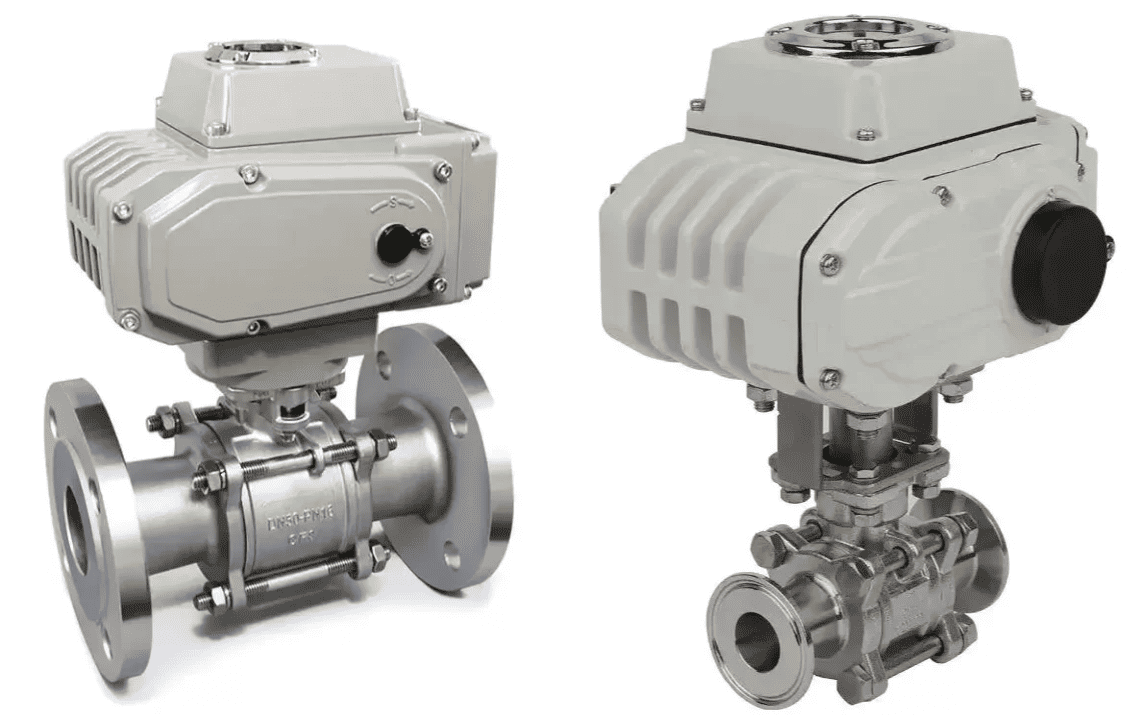
Electric ball valves play a crucial role in various industrial applications, offering precise control over the flow of liquids and gases. However, like any mechanical system, they require regular maintenance to ensure optimal performance and longevity. Proper maintenance not only prevents costly downtime but also enhances the efficiency and reliability of operations. This article outlines common issues with electric ball valves, essential maintenance procedures, and troubleshooting tips to keep your valves operating smoothly.
Understanding the typical problems that can arise with electric ball valves is the first step in effective maintenance.
One of the most common issues is the valve's failure to open or close properly. This can result from mechanical obstructions, electrical failures, or internal damage.
If the valve operates slowly or inconsistently, it may indicate a need for lubrication, electrical issues, or wear and tear on components.
Leaks can occur due to worn or damaged seals and gaskets. These issues can lead to significant fluid loss and operational inefficiencies.
An overheated valve can signify excessive friction, inadequate lubrication, or electrical malfunctions, which may result in permanent damage if not addressed quickly.
Regular maintenance checks are vital for ensuring the long-term functionality of electric ball valves. Here’s a structured approach to maintenance.
Start with a thorough visual examination of the valve. Look for any signs of leaks, corrosion, or visible damage. Address any issues promptly to prevent further deterioration.
Ensure that the actuator operates smoothly and responds effectively to commands. Listen for any unusual noises that could indicate mechanical issues or wear.
Regularly check seals and gaskets for wear, cracks, or fraying. Replace any damaged components to prevent leaks and maintain optimal performance.
Verify that all electrical connections are secure and free from rust or corrosion. Ensure proper grounding to prevent electrical issues that could lead to actuator failure.
Apply high-quality lubricant to the valve stem to reduce friction and ensure smooth operation. This step is crucial for preventing wear and tear over time.
If the actuator contains gears, follow the manufacturer’s guidelines for lubrication. Using the right type and amount of lubricant will help maintain the actuator’s performance.
Keep the valve's outer surface free from dirt, dust, and debris that could interfere with its operation. Regular cleaning helps prevent build-up that can lead to malfunction.
During maintenance shutdowns, inspect and clean the internal components of the valve. Use appropriate cleaning agents to remove any build-up or contaminants that could impact performance.
Despite regular maintenance, issues may still arise. Here are some troubleshooting tips for common problems.
Tackle leaks immediately by checking seals, gaskets, and connections. Tighten or replace components as needed to prevent fluid loss.
If the actuator is unresponsive, investigate potential issues with power supply, wiring, or the control system. Ensure that all connections are secure and that the control system is functioning correctly.
If the valve is difficult to operate, investigate potential causes such as grime, corrosion, or inadequate lubrication. Address these issues promptly to restore smooth operation.
Regular maintenance of electric ball valves is essential for ensuring reliable performance and extending their lifespan. By conducting routine checks, performing necessary lubrication, and maintaining cleanliness, you can mitigate common issues and enhance operational efficiency. Additionally, having a troubleshooting strategy in place allows you to address problems swiftly, minimizing downtime and maintaining productivity. Ultimately, investing time and resources in proper maintenance pays off through improved performance and reduced operational costs.